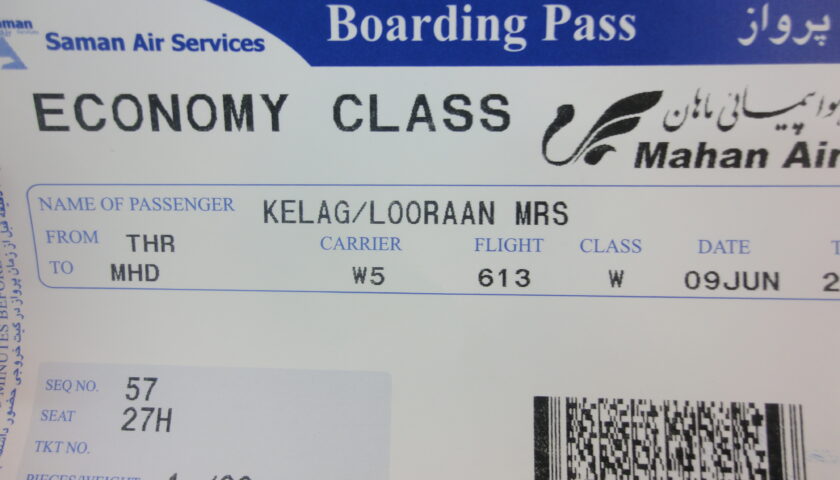Flight, the ability to soar through the skies like a bird, has captivated human imagination for centuries. From the mythical tales of Icarus and Daedalus to the groundbreaking achievements of the Wright brothers, the concept of بلیط هواپیما تهران مشهد has evolved from a distant dream to an everyday reality. In this article, we will explore the fascinating world of flight, from the principles that govern it to the incredible technological advancements that have made air travel a crucial part of our modern lives.
The Principles of Flight:
The fundamental principles of flight involve overcoming the forces of gravity and aerodynamics, which is the study of the behavior of air as it interacts with solid objects, like the wings of an aircraft. There are four main forces at play during flight:
- Lift: Lift is the force that enables an aircraft to rise off the ground. It is generated by the wings as air flows over and under them. The shape of the wings, known as airfoil, is carefully designed to create a pressure difference, lifting the aircraft into the air.
- Weight: Weight is the force exerted by gravity, pulling the aircraft toward the Earth. To achieve flight, the lift force must be greater than the weight.
- Thrust: Thrust is the forward force generate by the aircraft’s engines. It propels the aircraft through the air, overcoming drag, which is the resistance cause by the air as the aircraft moves forward.
- Drag: Drag is the aerodynamic resistance that opposes the aircraft’s forward motion. Pilots and engineers constantly strive to minimize drag to improve fuel efficiency and overall performance.
The Evolution of Flight:
The dream of flight became a reality on December 17, 1903, when Orville and Wilbur Wright successfully piloted the first powered, controlled, and sustained airplane flight in Kitty Hawk, North Carolina. Their aircraft, the Wright Flyer, marked the beginning of a new era in transportation.
Since then, aviation has witnessed incredible advancements, from the development of commercial airliners to supersonic jets and even space exploration vehicles. The aviation industry has become an essential part of global connectivity, allowing people and goods to travel vast distances in relatively short periods.
Commercial Aviation:
The advent of commercial aviation in the early 20th century revolutionized the way people travel. Commercial airlines now connect cities and countries, bringing people together for business, leisure, and cultural exchange. The development of larger and more efficient aircraft, coupled with improvements in safety and technology, has made air travel one of the safest and fastest modes of transportation.
Technological Advancements:
The evolution of flight is closely tied to technological innovations. Jet engines replaced propellers, leading to faster and more efficient air travel. Advancements in materials, such as lightweight composites, have made aircraft more fuel-efficient and environmentally friendly.
The Future of Flight:
As we look to the future, the aviation industry is exploring new frontiers. Electric and hybrid-electric propulsion systems are being develop to reduce carbon emissions. And innovations in materials and design are pushing the boundaries of speed and efficiency. Additionally, the concept of urban air mobility, including electric vertical takeoff and landing (eVTOL) vehicles. Holds the promise of transforming urban transportation.
Conclusion:
Flight, once a distant dream, has become an integral part of our daily lives. From the earliest myths of winged beings to the marvels of modern aviation. The journey of بلیط هواپیما تهران مشهد has been a testament to human ingenuity and perseverance. As technology continues to advance, the skies may hold even more exciting possibilities. Shaping the future of how we travel and explore our world.

